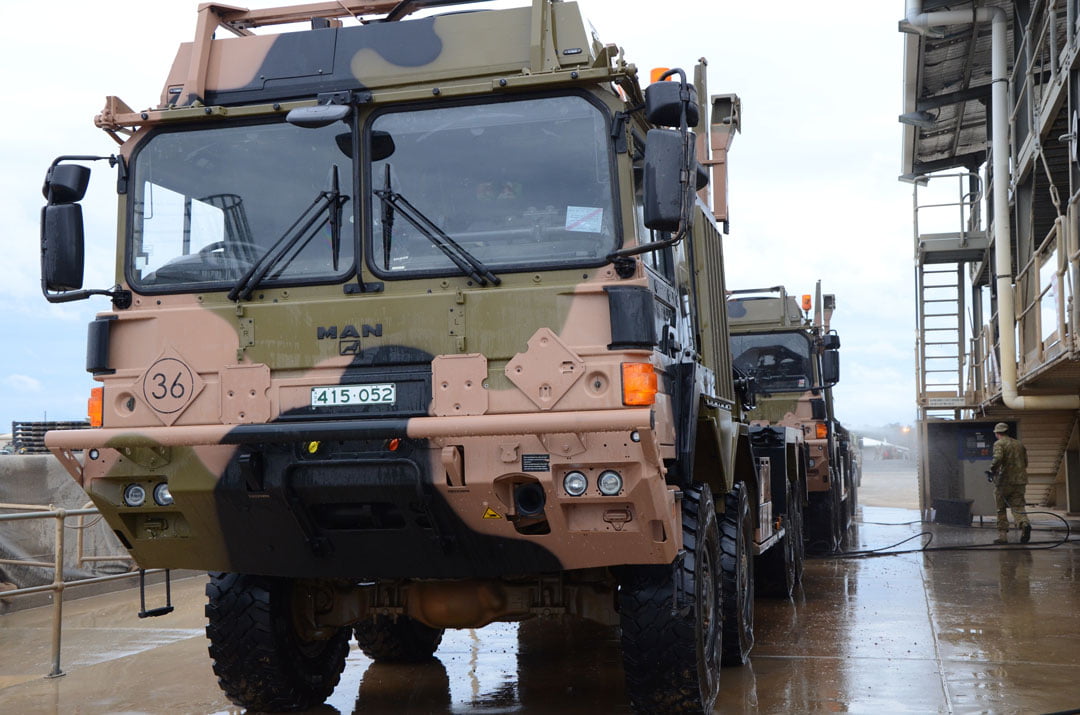Prepare your assets for any challenge.
Organisations in the defence sector have unique characteristics relating to asset management. Rather than being focused on revenue and profit maximisation, they instead need to ensure that assets have the capability to meet their countries defence needs as and when those needs may arise. As all funding is provided by government, they also need to achieve this at minimum risk, and at the lowest feasible cost.
The operating demands on defence assets, and their operating environment can be highly variable, and can change with very little notice. A naval vessel may be required to operate as a peace-keeping vessel in equatorial waters one week, and then be required to effect a rescue mission deep in the Southern Ocean shortly after. Army vehicles may be expected to operate anywhere from deserts to tropical jungles. This creates numerous challenges. When on active service, rapid response is frequently required, both to respond to equipment failures, but also to make changes to equipment configuration in response to events happening on the battlefield.
We can help you to
We have also delivered training in asset management, maintenance and reliability improvement to the defence sector. Our experience in the defence sector includes work for defence organisations in Australia and New Zealand, as well as contractors that provide services to those defence organisations.
Defence case studies
Defence articles
